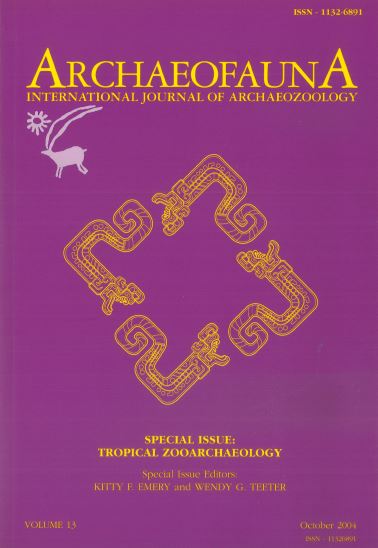Teasing Out the Species in Diverse Archaeofaunas: Is It Worth the Effort? An Example from the Tropical Eastern Pacific
Keywords:
PRE-COLUMBIAN FISHING, PANAMÁ, MARINE CATFISH, GRUNTS, CROAKERSAbstract
The species remains the basic unit of biological classification. However, since archaeofaunal analysis is time-consuming and costly (especially when fish are the dominant class), it is important to ask whether making species-level identifications is worthwhile in view of the fact that even anciently diverged species can be difficult to differentiate osteologically with fragmented material. This is why many experienced archaeozoologists prefer to analyze their archaeological ichthyofaunas at the family or genus level. But in biologically diverse environments, such as the tropical eastern Pacific, it is advantageous for archaeologists to be able to distinguish among fish species. The most important food fish families here are speciose: the marine catfish (Ariidae), croakers (Sciaenidae), and grunts (Haemulidae). Although most of their component species live inshore, their habitat preferences, trophic ecology, and age-group behavior vary considerably. Therefore, separating them osteologically enhances interpretations of ancient fishing preferences and techniques. The distribution and abundance of marine catfish (Ariidae), croaker (Cynoscion), and grunt (Pomadasys) species at 10 archaeological sites located around Parita Bay on the central Pacific coast of Panamá, in the Panamic region of the tropical eastern Pacific, provide particularly useful information about the littoral habitats that were exploited by pre-Columbian fisherfolk at different stages in the geological and cultural evolution of this small Neotropical estuarine system. In some cases, they point towards specific fishing practices and techniques.

